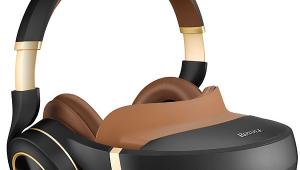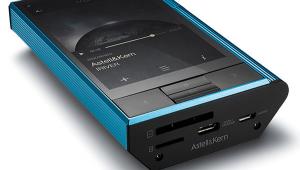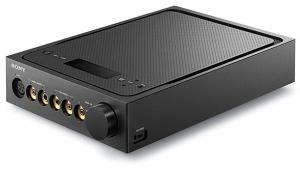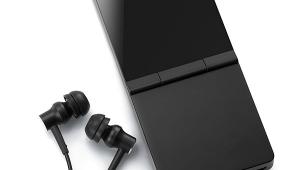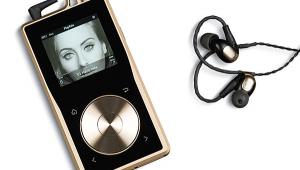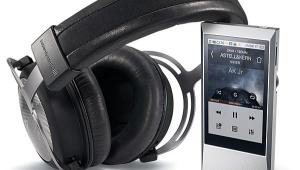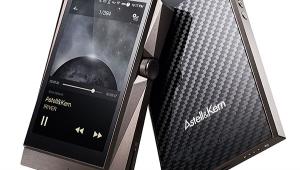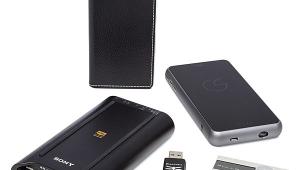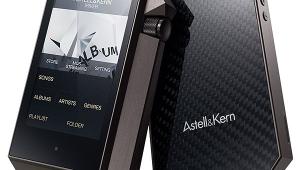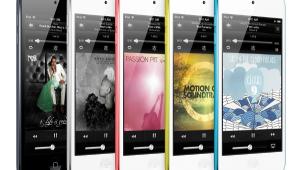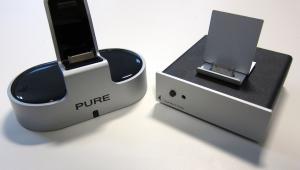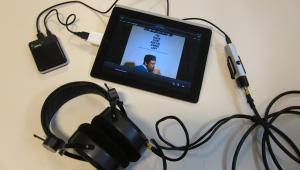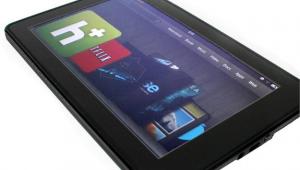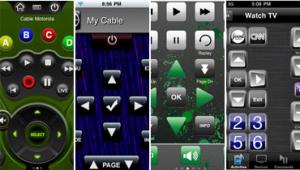Review: Behringer iNuke Boom Junior
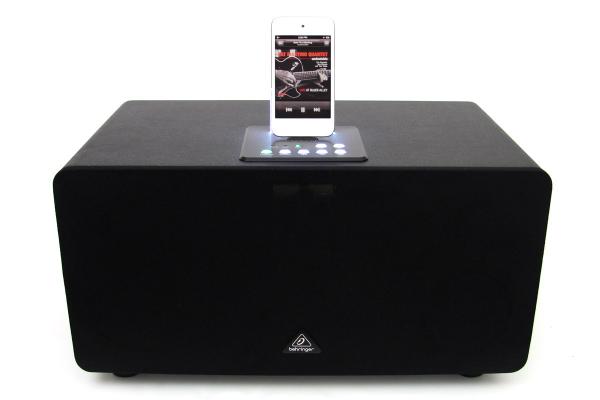
It's weird for a 50-year-old audio writer to be reviewing a product that's targeted at people half his age or less. Guys my age like products labeled "audiophile-grade" or "reference," not "Nuke" or "Boom." Meaningless as such marketing terms are, though, you gotta figure Behringer did something to make the iNuke Boom Junior iPod/iPhone dock earn its badass moniker.
Behringer calls it "Junior" since it's a scaled-down version of the 10,000 watt behemoth the company showed off at the 2012 CES. The "Boom" comes from the downward-firing 5.25-inch woofer, which gets extra oomph by being mounted in a bulky cabinet with a rear-firing port. Two small speakers, each with a 1-inch tweeter and a 3-inch midrange, occupy the front of the unit, and each one has an internal MDF enclosure that seals it off from the woofer.
The iNuke Boom represents a dated product category: the iPod/iPhone dock. Burned by Apple's switch from a 30-pin connector on the bottom of the iPhone to the new Lightning 9-pin connector, audio manufacturers are migrating to Bluetooth or AirPlay. But the iNuke Boom won't become useless when you get your new iPhone 5, because it also has 3.5mm and RCA line inputs that let you connect it to any smartphone or computer.
The top panel near the dock has a set of controls, and a remote control is also included. The remote adds treble and bass controls. Immediately upon getting my first taste of the Boom Junior's boom, I grabbed for the bass control as eagerly as my 82-year-old Dad lunges for a comfortable chair when my Mom drags him out on shopping trips.
Taming the Boom
So yeah, the Boom Junior lives up to its name, at least at the factory settings. The bass is as overpowering and omnipresent as it is in, say, a set of Beats headphones. You can't help but notice it immediately - which, I imagine, really helps sales for a certain demographic that I, for better or worse, don't belong to.
But what I noticed second was that most of the rest of the audio spectrum sounded really, really good. The mids are amazingly smooth - way better than you would expect from a relatively low-priced iPod dock, and comparable to what I've heard from much more expensive all-in-ones like the B&W A7. Jazz chantreuse Sue Matthews version of "I Fall in Love Too Easily" sounded incredible through the Boom Junior, with such natural tonality and dispersion that it sounded pretty darned close to having Matthews in the room. There must be something a little magical about that 3-inch midrange driver.
Let's get back to the bass, though, which is what we're supposed to be getting excited about here. Anyone with good taste in audio will want to turn the Boom Junior's bass down about three clicks. (Sadly, there's no visual indicator of the bass setting.) At that level, it's pretty much in balance with the mids and highs - yet it's still amazing. One of my favorite bass tests, "Falling" by synth-pop group Olive, features a melodic bass line that concludes in a powerful 39 Hz E-flat. Most iPod docks and Bluetooth speakers barely sound out this note, and many that attempt it tend to distort or rattle. But the Boom Junior played it clearly, loudly, and without apparent distortion. The other notes in the line were nice and tight, too. I thought the Boom Junior's rather thin MDF sides might make the bass sound, well, boomy, but no.
That same cut revealed the Boom Junior's weakness: an emphasis in the upper treble that makes it sound a little sizzly sometimes. I noticed this in the high-pitched backing vocals in "Falling," in the cymbals and vocals on Led Zeppelin's "The Song Remains the Same," and in the vocals on Bebel Gilberto's "Aguanju." How much it bothered me depended on the material. Listening to jazz guitar sides like Pat Martino's Undeniable and Mike Stern's Voices, I never noticed the treble edge. But on "The Song Remains the Same," it was impossible to overlook. Turning the treble down usually dulled the sound too much for my taste.
Paradoxically, the music the Boom Junior was probably designed for - rock and hip-hop - doesn't sound as great through it as softer pop and jazz recordings do. That's not to say that hip-hop/rock fans should stay away, though, because the Boom Junior plays several dB louder than most docks, and by fussing with the bass and treble controls you can usually get it sounding at least pretty good.
